calsfoundation@cals.org
Wilbur Daigh Mills (1909–1992)
Wilbur Daigh Mills served in the U.S. House of Representatives from January 1939 to January 1977, becoming one of the top three longest serving Arkansas officials. Mills is known for his role as architect for Medicare, interstate highways, Social Security, tax reform, and many other policies. He was also the longest continuously serving chairman of the House Ways and Means Committee, becoming a member of the committee in 1942, becoming chairman in 1958, stepping down as chairman in 1975, and retiring from the committee and Congress in 1977. When anyone in Washington DC spoke of “Mr. Chairman,” everyone understood that the reference was to Mills.
Wilbur Mills was born May 24, 1909, in Kensett (White County) to Ardra Pickens Mills, a native of Mississippi, and Abbie Daigh Mills, a native of Nebraska. He had a brother and a sister. He graduated from Searcy High School in 1926 and was valedictorian of his graduating class. He attended Hendrix College in Conway (Faulkner County), where he was a champion debater, graduating in 1930 with a BA in history as salutatorian of his class, and attended Harvard Law School from 1930 to 1933. He served on the welcome committee when Senator Huey Long of Louisiana visited Searcy (White County) in behalf of the reelection of Senator Hattie Caraway of Jonesboro (Craighead County).
Before he served in Congress, Mills was an attorney and managed both the Bank of Kensett, where his father was chairman of the board, and the A. P. Mills general store in Kensett. In 1934, White County voters made him the youngest county judge in the state. During his tenure, he negotiated a $2.50-per-day charge for hospital stays for people who could not afford to pay, prescription drugs at cost, visits to the doctor at no cost, and a $5,000 appropriation from the White County Quorum Court to cover the costs for needy people who could not pay. His work at the local level served as a smaller-scale model of his later national initiatives on the Ways and Means Committee to extend health care coverage to more people, especially the financially and physically disadvantaged.
On May 27, 1934, Mills married Gertrude Clarine “Polly” Billingsley of Melbourne (Izard County). They had two daughters.
At twenty-nine, Mills was the youngest person ever elected to Congress at that time. In 1958, he was the youngest person, at forty-nine, to become chairman of the Ways and Means Committee. Mills, a Democrat, was the architect of the final version of the Medicare legislation that passed in 1965 and of measures on interstate highways, Social Security disability, Social Security coverage for farmers and young people with elderly or deceased parents, tax reform that substantially increased taxes on higher incomes and decreased taxes on lower incomes, unemployment insurance, and pension reform. His greatest regret as he retired from Congress was that he had not been able to secure national universal health insurance for all Americans; he missed by only one vote.
After having opposition only three times—in 1942, 1966, and 1974—in his eighteen congressional primary and general elections, Mills sparked controversy in October 1974 when U.S. Park Police in Washington stopped his car for not having its headlights on. Although Mills was not driving, he was inebriated, and a stripper named Fanne Foxe jumped out of the car and into the Tidal Basin near the Thomas Jefferson Memorial. Foxe later wrote the book, The Stripper and the Congressman (1975).
Mills was in a campaign for reelection at the time, returned to Arkansas full time, and won his bid by fifty-nine percent a little less than a month later. After reelection, Mills stepped down as Ways and Means chairman in January 1975 and pursued a robust recovery from alcoholism, which he announced publicly. Restless with his diminished status and power, he decided to retire from Congress in 1977. He entered private practice at the Washington DC office of the prestigious New York law firm Shea and Gould.
During his last years in Congress and until his death, Mills raised funds for alcohol recovery centers and programs and spoke nationally on the subject. The acclaimed Wilbur D. Mills Treatment Center for Alcohol and Drug Abuse was built in his honor in Searcy.
At least twelve other Arkansas facilities are named for him, including the Wilbur D. Mills University Studies High School in Sweet Home (Pulaski County); the two Wilbur D. Mills Endowed Chairs on Alcohol and Drug Abuse Prevention at the University of Arkansas for Medical Sciences; the Wilbur D. Mills Social Sciences Building at Hendrix College; the Wilbur D. Mills Freeway (Interstate 630); and the Wilbur D. Mills Lock and Dam on the Arkansas River. Mills was inducted into the Arkansas Agriculture Hall of Fame in Little Rock (Pulaski County) and the Arkansas River Hall of Fame in Tulsa, Oklahoma.
Mills died May 2, 1992, at his home in Kensett and is buried in Kensett Cemetery.
For additional information:
Goss, Kay. “Legacies & Lunch: Wilbur Mills.” November 6, 2013. Central Arkansas Library System, Little Rock, Arkansas. Video online at Butler Center AV/AR Audio Video Collection: Kay Goss Lecture (accessed October 27, 2023).
Goss, Kay C. “Congressman Wilbur D. Mills’ Influence on Social Legislation.” Arkansas Historical Quarterly 54 (Spring 1995): 1–12.
———. “The Grass Roots Politics of Hard Times: Wilbur D. Mills’ Career as White County Judge.” Arkansas Historical Quarterly 59 (Spring 2000): 186–200.
Goss, Kay Collett. Mr. Chairman: The Life and Legacy of Wilbur D. Mills. Little Rock: Parkhurst Brothers, Inc., 2012.
Wilbur D. Mills Public Papers. Hendrix College Archives. Bailey Library. Hendrix College. Conway, Arkansas.
Williams, Nancy, ed. Arkansas Biography: A Collection of Notable Lives. Fayetteville: University of Arkansas Press, 2000.
Zelizer, Julian E. Taxing America: Wilbur D. Mills, Congress, and the State, 1945–1975. New York: Cambridge University Press, 2000.
Kay C. Goss
Alexandria, Virginia
This entry, originally published in Arkansas Biography: A Collection of Notable Lives, appears in the CALS Encyclopedia of Arkansas in an altered form. Arkansas Biography is available from the University of Arkansas Press.



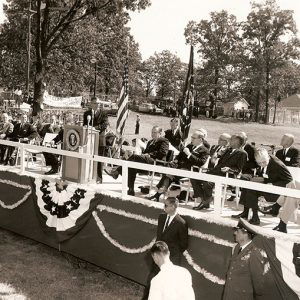
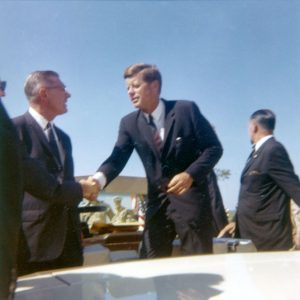
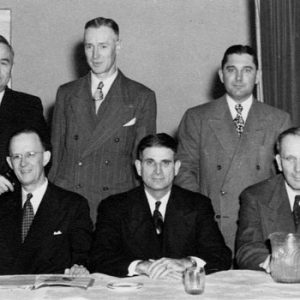


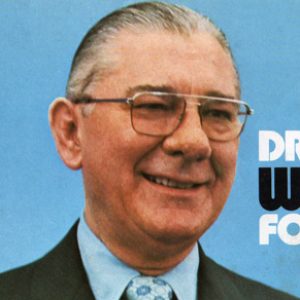
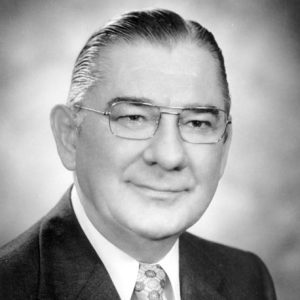

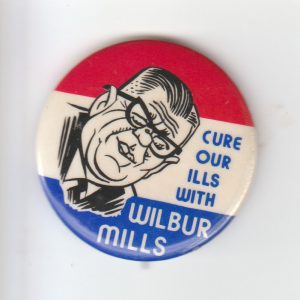
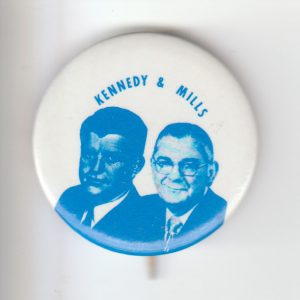







Comments
No comments on this entry yet.